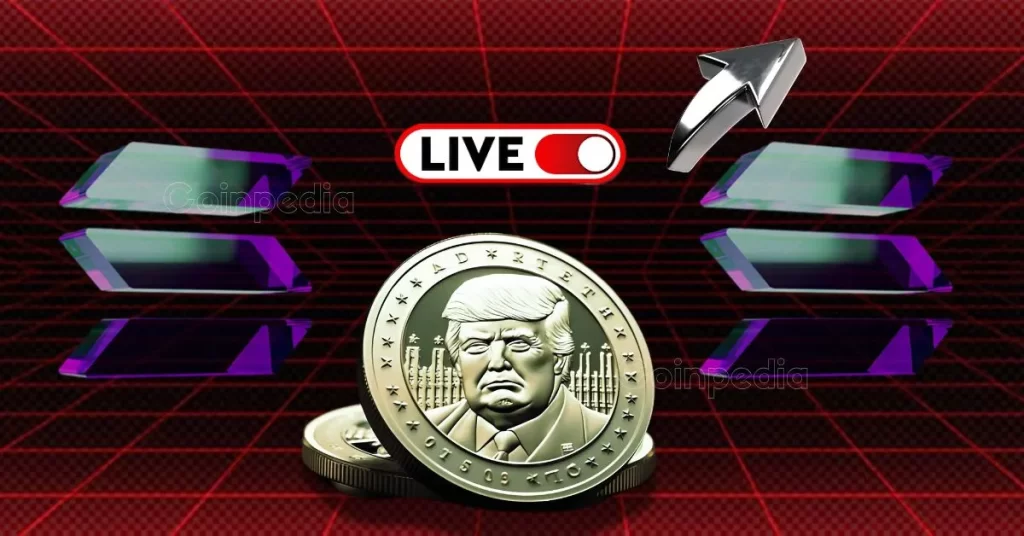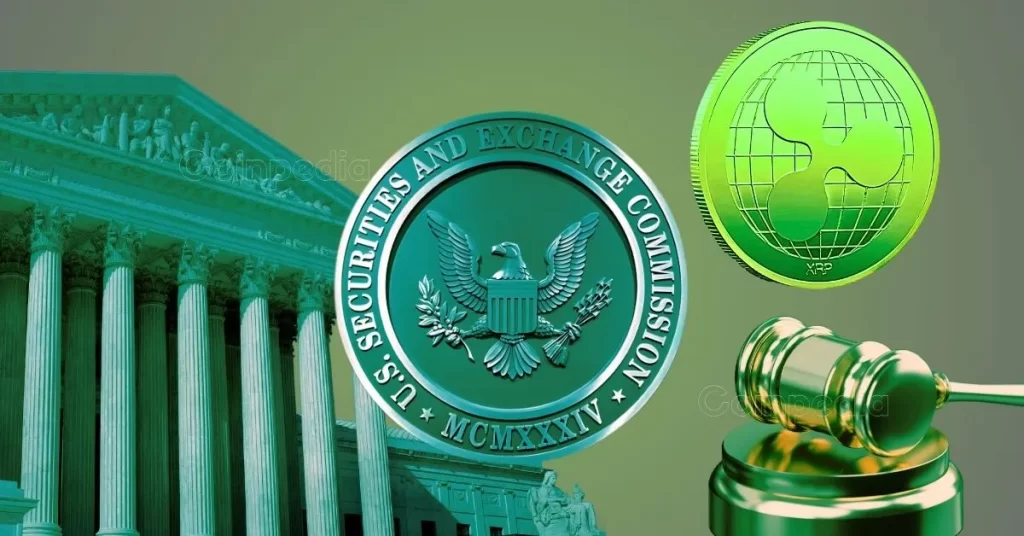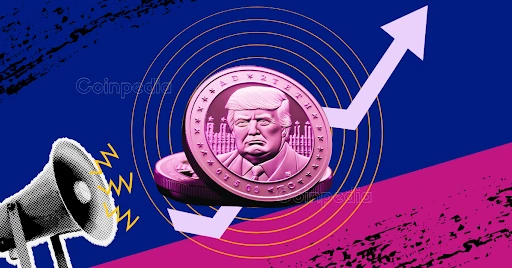Summary Bitcoin has not had a particularly good year, nor has the cryptocurrency space as a whole. Though some speculators might chalk this up to economic concerns and now the collapse of FTX, the issues affecting Bitcoin are far deeper. At the end of the day, the cryptocurrency deserves to fall far further from here since it is nearly worthless. So far, 2022 is not proving to be a particularly good year for Bitcoin ( BTC-USD ). Although, to be fair, it's not looking to be great for most any cryptocurrency or any investment in general. Unlike most investment opportunities though, Bitcoin is distinguished by the fact that, at the end of the day, I think it's destined to see its price plunge. For years, cryptocurrency in general has been hyped up. In addition to the general enthusiasm that is common with new and rapidly expanding technologies, Bitcoin has benefited from an environment of low interest rates and almost nonexistent regulatory oversight. But with interest rates rising, economic conditions worsening, and significant pain caused by a lax regulatory environment now becoming headline news, I truly believe the best days for Bitcoin and, cryptocurrency in general, are in the past. Not entirely worthless... but not far off Although this article could be used for cryptocurrency in general, I recognize that there is a tremendous amount of variation between cryptocurrencies that don't make them exactly comparable with one another. So instead of having this content directed at all cryptocurrencies in what would ultimately fail to account for the tremendous variety that exists on the market, my overall focus will be primarily on Bitcoin. For a long time now, I have thought of Bitcoin as being more or less worthless. This is not to say that it has no value. Clearly, there is a financial benefit to being able to transfer money from one part of the world to another in an instant and with limited cost. What that specific amount should be is up for the market to decide. But I believe the notion that there would be significant value behind Bitcoin in general that would justify prices in the tens of thousands of dollars is absurd. While I do not believe that Bitcoin is entirely worthless, I do believe that its overall value is severely limited compared to what the current market has been assessing it to be. After all, it's the valuable blockchain technology, not the cryptocurrency itself, that transfers the money from one point to another. I have no doubt that those who are bullish about cryptocurrency will disagree with my view. There are a number of arguments that can be made in favor of Bitcoin or cryptocurrency in particular. One common refrain is that it behaves as a store of value. But what is value at the end of the day? When it comes to stocks, the value in question is not the ticker symbol that you purchased. Instead, it's the ownership stake over the assets of the enterprise, with the ultimate value theoretically determined by all of that company's future cash flows, discounted to the present day. Instead of comparing Bitcoin to stocks, and more common way of justifying its value is by likening the cryptocurrency to precious metals like gold or silver. After all, they do have a lot in common. Like gold and silver, Bitcoin can be exchanged for cash. It has an active market that allows prices to be determined from moment to moment. Furthermore, just like gold and silver, Bitcoin does have a finite limit to it. But when you really dig down, these points either truly don't matter or the comparison is flawed entirely. Take, for instance, the idea of an active market with moment-to-moment pricing. Any commodity boasts the same thing. But at the end of the day, you don't see pork prices or wheat prices derive their value from the fact that they are uniform to the point of being easily priced. Instead, it's their ultimate utility, as well as the supply/demand balance, that matters. And when it comes to the finite argument, while Bitcoin itself may be limited, the overall number of cryptocurrencies is rising rapidly. Today, there are well over 20,000 cryptocurrencies globally, with over 12,000 that are not regularly circulated . Some might argue that gold and silver act as a store of value only because we have chosen them to be that. By this logic, anything, even digital currency, could be made the same way if enough people adopt it to be so. I would counter this point with the argument that the fact that gold and silver are perceived as stores of value is secondary in importance. Using data from 2019 for the US, only about 8% of all gold was used for the production of official coins. A whopping 50% went toward jewelry, while 37% was used in electronics. That left another 5% for other miscellaneous purposes. When it comes to silver, the most common use involves electronics. An impressive 35% of silver goes to that space. 25% goes to a combination of coins and medals. 24% goes to other miscellaneous categories, while 10% is attributable to photography and 6% is dedicated to jewelry and silverware. So yes, both of these precious metals may be used as stores of value. But at the end of the day, their value is derived primarily from their utility. When you can wear a Bitcoin around your neck that your great grandparent bought or mined, or use it to make your camera work or your computer function, perhaps that picture might change. Data by YCharts When trying to promote Bitcoin and other cryptocurrencies, some individuals will point to the U.S. dollar and other fiat currencies. But there are a couple of problems here when it comes to comparison as well. Bitcoin is promoted as a store of value, something that the dollar is not. Over time, the dollar gradually loses its value because of its very nature. And second, any value baked into the dollar is driven by numerous forces that cryptocurrency cannot replicate. Sure, there are always market forces that determine the exchange rate from one currency to another. But at the end of the day, the dollar's value is backed by the U.S. government's ability to tax individuals and organizations, as well as by a massive military complex. It certainly helps that much of global trade, including the vast majority of international petroleum transactions, use the dollar. Data by YCharts Bitcoin also lacks the kind of stability you would expect from a true store of value. Any asset can experience some volatility. But consider how gold has been over the years. During the worst downturn the precious metal experienced in recent memory, prices dropped by 40.3%. This was between early September of 2012 and January 1st of 2016. But for the most part, gold has experienced a steady increase in price over the years. By looking at a chart that includes $10,000 invested in Bitcoin compared to $10,000 invested in the S&P 500, you would see that Bitcoin has behaved much more like a speculative bubble. Not just a speculative bubble, but one that is in the process of bursting. This year alone, while the S&P 500 is down 16.8%, Bitcoin has plunged 64.1%. From its high, the cryptocurrency has fallen 72.3%. Data by YCharts In the past, there have been other speculative bubbles. These are sometimes defined as periods of time where an asset or assets are pushed up in price well above their intrinsic value, only to eventually collapse. The oldest example on record is commonly referred to as Tulipmania . In the 16th century, tulips first began appearing throughout Europe, arriving via the spice trading routes that had been established not long before. Beginning with the wealthy, tulips became viewed as high-class items and the demand for them grew as the middle class sought to emulate the wealthier members of society. Wall Street Club Beginning in 1634, a mania involving tulips swept through Holland. Specific accounts of exactly how bad the bubble was have been justifiably questioned. Some economic historians believe that some of the tales told have been embellished or made up entirely. But by some accounts, the rarest variety of tulip bulbs rose in price to the point of reaching upwards of $1 million in today's money. This was not a bubble that disappeared rapidly. It wasn't until 1637 that the bubble burst, a full three years after its start. Some individuals may be inclined to ridicule those who fell prey to the mania. But in some respects, that crisis was more understandable than the current cryptocurrency bubble is today. After all, at least the purchasers of tulips received something tangible that had some intrinsic value as opposed to a few lines of code. Wikimedia Commons Another example that I would like to point to is the South Sea Bubble. Some of the most brilliant minds of that time fell prey to the crisis, including the much-revered Sir Isaac Newton. Originally founded in 1711, the South Sea Company was structured as a way for the British crown to cover debts that it accrued as part of fighting two separate wars, the more notable of which was the War of the Spanish Succession. Holders of roughly £9 million were forced to surrender their debt to the new company in exchange for shares entitling them to an ownership percentage. A lower interest rate on that debt was then arranged and paid to the company, with those amounts being paid to shareholders in return. To create some value within the enterprise, the South Sea Company was also granted a monopoly on the slave trade with South America that would eventually yield some financial benefit. For the sake of brevity, I won't cover all of the details of that crisis. But in short, rampant speculation led to the implied value of the South Sea Company being higher than all of the assets of Britain before the bubble ultimately burst. As the chart below illustrates, the Dot-Com Bubble (as measured by the NASDAQ) saw a similar pattern. Data by YCharts In many cases, it does take some large event for a speculative bubble to eventually collapse. That large event for Bitcoin might very well end up being the collapse of FTX. Already, there are concerns about the financial stability of other cryptocurrency platforms such as crypto.com and BlockFi . We saw following the housing collapse in the early 2000s just what happens when a space is poorly regulated. And what is evident in this case is that the cryptocurrency market is far worse off from a regulatory perspective than the housing market was back then. You also have other factors at play. Higher interest rates, for instance, will ultimately lead to less appetite when it comes to riskier assets. And perhaps nothing is of higher risk right now than cryptocurrency. While it is true that these particular issues can perhaps be weathered by the industry, when coupled with the fact that there is not any substantial value to Bitcoin, it's more likely than not that this is all part of a perfect storm that will sink Bitcoin for good. Takeaway Truth be told, I don't expect this article to change the minds of any who are bullish about cryptocurrency. I do hope, however, that it might serve as a cautionary note for those who decide to dabble in the market or those who are thinking about doing so. At the end of the day, there is some marginal value in Bitcoin. But that value relates only to the underlying ability of blockchain to instantly facilitate financial transactions across the globe. Fundamentally, I believe the market for Bitcoin and, more generally, cryptocurrency, should have never grown to what it is today. Already, there has been significant pain caused by its downturn. More likely than not, this pain will continue. Of course, it is possible that Bitcoin and other cryptocurrencies will eventually rebound and soar past their prior highs. But I think any such reprieve like that would only prove temporary since it cannot escape the truth of its very nature.


















